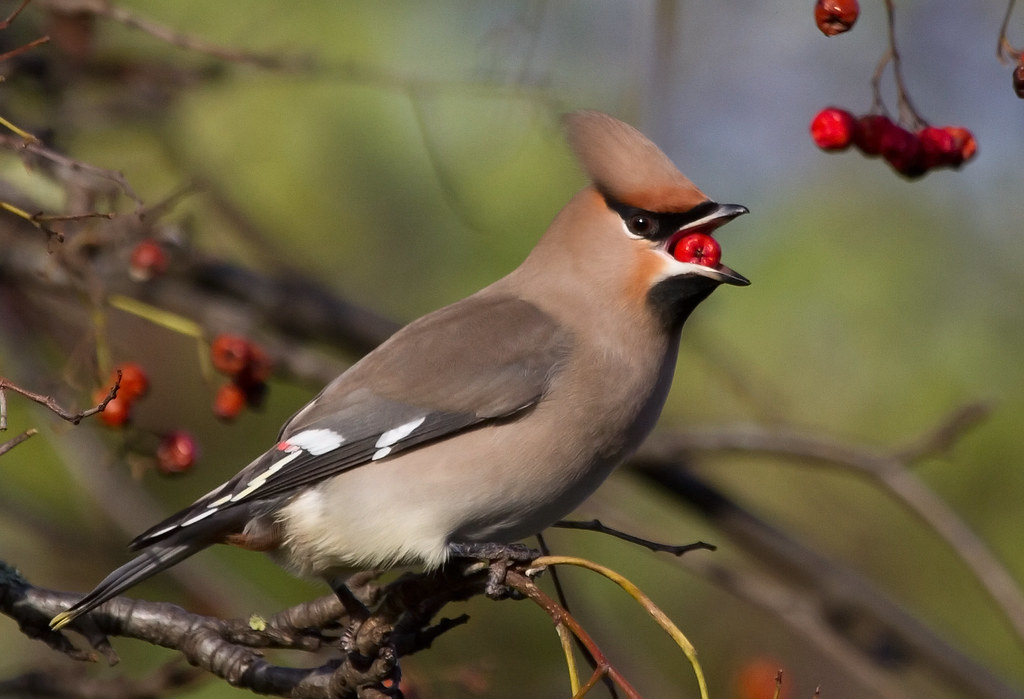Because we had heard a Cetti's Warbler along the Public Causeway at Leighton Moss RSPB, Peter gave a handout on the origin of it's name. For more information look here in the 'Birds in History and Culture' section.
 |
| Great Black-backed, Herring, Black-headed, Common and Lesser Black-backed Gulls |
Following this we took our first look at identifying Gulls in a little more detail. This can be a very difficult topic particularly with the different plumages of 1st and 2nd winter birds as well as adults in breeding and non-breeding plumage.
With this in mind, Peter decided that we would concentrate only on distinguishing adult Gulls for now at least. We started by splitting the Gulls into those with hoods and those without hoods when in full breeding plumage.
Starting with the Gulls with hoods, there are three main species that are commonly seen in Britain in winter:
The Black-headed Gull is the most common of these three and so will be used as the yardstick for comparison with other Gulls. The bird's bare part colouration (BPC) including the eye is the best way of distinguishing them as well as the wing pattern.
Gulls with hoods have red legs and bills and the darkness of the red intensifies throughout the winter and spring, changing from sealing wax red, through blood red to almost black. These gulls also show a vestige of the dark hood in winter in the form of a 'ear' patch or smudge.
Next time we will look at the gulls without hoods commonly found in Britain over winter which include:
- Herring Gull
- Common Gull
- Lesser Black-backed Gull
- Greater Black-backed Gull
- Yellow-legged Gull
- Kittiwake
Here's an online version of the Morecambe tide tables which shows today's high and low tides. If you click on the table it will take you to the full website where you can look at future tides at Morecambe and indeed anywhere in Britain:
If you want to see the tides for a few local North West locations, go to lower part of the Calendar page.
Next we looked at a handout on the Dee Estuary which separates part of England from Wales and which is one of the UK's most important wintering sites for wildfowl and waders. The mouth of the river has vast areas of sand and mudflats, with salt marsh dominating the landscape to the south. It holds internationally important numbers of 12 species.
Good locations to see birds include Burton Mere Wetlands RSPSB, Inner Marsh Farm and Denhall Lane, Parkgate, King's Gap and Red Rocks at Hoylake, Hilbre Island and Leasowe Lighthouse.
It is very important to know the tide times and heights when coastal birdwatching and it's best to plan a visit to coincide with a rising or falling tide, at least an hour or so on either side. And if visiting Hilbre Island it is essential to know the tides as it comes in very quickly and the island is cut off for six hours or so.
The target birds in this area include: Bewick's and Whooper Swans, Pink-footed and Brent Geese, Eurasian Wigeon, Northern Pintail, Hen Harrier, Merlin and Peregrine Falcon, Water Rail, Grey Plover, Jack and Common Snipe, Bar-tailed Godwit, Short-eared Owl, Rock and Water Pipits and Snow and Reed Buntings.
Here's the current tide times for the Dee Estuary:
Again, click on the table to go the full website to see future tide times.
Finally we had another look at the topical subject of Waxwings which have been showing in fairly large numbers across Britain during much of November. Peter gave us another interesting extract from the Yorkshire Post about the current influx of these birds from Siberia and Scandinavia.
Finally, here's a superb Waxwing shot by Alan taken in Salford earlier this week:


No comments:
Post a Comment
Just type in your comment and select 'Anonymous' from the 'Comment as:' drop down list. Then click the 'Publish' button - thanks.